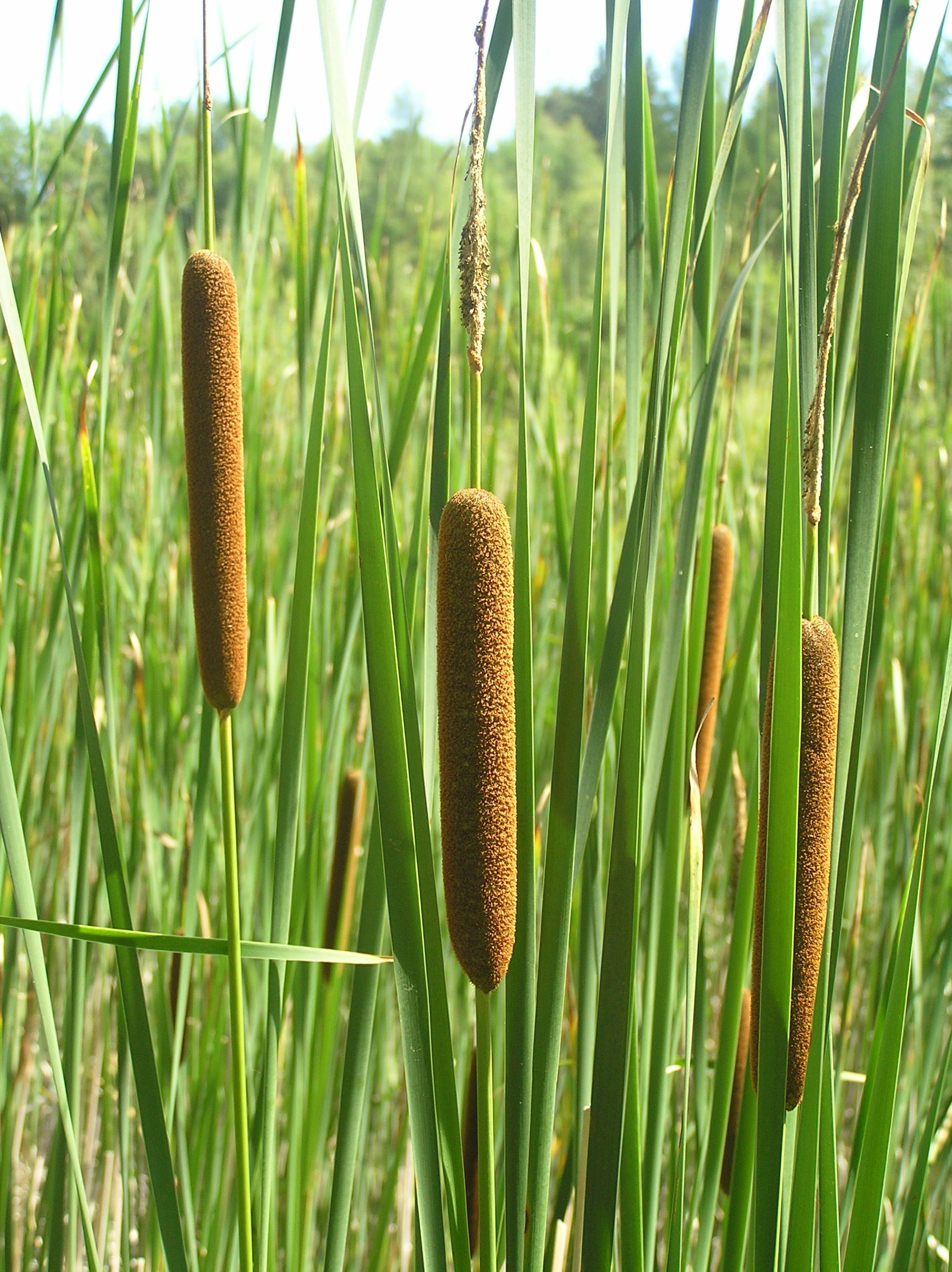
Barrels, barrels, bukois and barrels just filled with apple must at home (Malus domestica). In the whole of our geography a machine would be filled, that of the north and the south, also that of the grapes (Vitis vinifera). Cider producers are flooded with apples, vineyards and works of lagars, wineries, wineries and pitchers.

Most drinks are made without touching them first. In our country there are wineries, ship stamps, pedunculated oak (Quercus robur), albaricoque oak (Quercus petraea), chestnut (Castanea sativa), cherry (Prunus avium), passiacacia (Robinia pseudoacacia), ash (Frvataxinus excelsior) and payment. Unlike today, a lot of wood was used in shipbuilding before. The rings that today are made of metal were also made of wood; mainly chestnuts and hazelnuts (Corylus avellana) have been used, but also the alder (Alnus glutinosa). For example, the whale San Juan was built in Pasaia in 1563 and sank in Canada on the Labrador Bay Network in 1565. The boat itself was oak, but the beech keel and the masts were white fir (Abies alba), and it is believed that the cover would be wild pine (Pinus sylvestris). It was a medium-sized whale, about 22 meters in length, 7.5 in its sleeve, that moved 200 tons and was able to transport less than 1,000 barrels. Of these, 140 were found by Canadian archaeologist divers when they analyzed the hull between 1978-1985. Most of the barrels were oak, although some were beech. The rings of one and the other were all the same.
In those barrels, there were about 60 crew members who would eat and drink. In the employment contracts of that time it is clear: 3 liters of mariner cider per day. Considering that each Bale campaign was going for about seven months, the basements must carry 60 x 3 x 7 x 30 = 37,800 liters of cider. On boats, like in houses, the basement is a winery.
If you are then going to drink cider, now the barrels, or any bowl dedicated to cider, freshly filled with must, will be open until the first fermentation ends. This fermentation is an alcohol fermentation in which sugar from the apple is converted into alcohol and for this you need to drink air. Ingest oxygen and release carbon dioxide CO2. If the latter had not left, the must would have burst. At the end of this fermentation begins the second, known as “malolactic”. Yes, it is a container without oxygen, anaerobic, and the container should be closed. In this way the cider will be refined, polished and clarified by precipitating all the ingredients contained in the mixture. Then, if left, it can be cured with the mother below, also if taken out. The same is true of grape wines. It is indisputable with the mother or the mother that the boat is completely closed. The more airtight it is, the better the evolution of the inner pulp.
To do this, it is recommended to close the hole above the barricón well, and depending on its size it will be bocined and closed with a large cork or with a honeycomb. To guarantee the tightness, a segoa is placed around and for fear that the shamagos are eaten and that air enters, the sego is covered with plaster. If you have to leave it for a long time. If the distance is not so large or it is convenient to explore the sterile mammal, instead of all this work you put the bush around the cork or wood. In Euskal Herria we have two carts, a buckthorn spawn (Typha angustifolia) and a spaghetti (Typha latifolia). They are also called “enea”, “seska” and “Belgian chair”, since the latter was used to form a bank of chairs. The lakoizketas have also received the “artiria” and Iztueta the “artery”. The thin and long lavender leaf has also been used to make baskets, such as chairs, after drying, but also to place around the corks to properly close the barrels.
It is seen by the river and bears fruit similar to a cigar at the end of a long slope. It's capable of making rockets, and maybe that's where J comes from. Irigarai in his book Current status of botanical onomastica in Navarre, 1976. Or why was it to make whistles? This stem is also called the seska arrow. Oh! Polunin and B.E. In the book Guía de campo de las flores de España, published by Smythies in 1977, they took the name of “the Belgian ribbon”, but in dictionaries, like many names, I think mistakenly.
Best cider with the name Lezka.